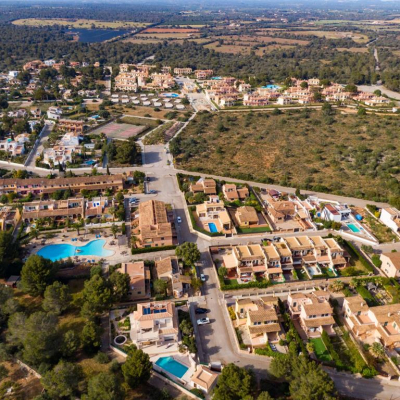Obtaining a student visa for Spain

A student visa is one of the most solicited type of documentation for students wishing to study, do research, or participate in a government-approved program in Spain. This is required for a stay of over 90 for most citizens of countries outside the EU. This process can take anywhere from two weeks to several months to complete. It’s advisable to contact the nearest consulate directly, as the necessary documents can differ across consular bodies when applying for the visa.
In your home country
Once you’ve received your letter of acceptance and placement within the program of your choice, you are free to make an appointment at the consulate that corresponds to your geographical locations.
For a list of other consulates worldwide, click here.
Necessary documentation
- Valid passport for the duration of your stay
- Driver’s License or proof of residency
- Two recent passport-sized pictures
- A complete Schengen form, plus a notarized photocopy for your records available in office or here (the Apostille of Hague and a parent or guardian signature is necessary for minors)
- Letter of acceptance into a study or sponsored program
- Demonstrate financial stability for the duration of your program (often a bank statement will suffice, and the minimum amount per month should be equal or greater than 532,51€)
- Proof of medical insurance for the duration of the stay
- Valid doctor’s note stating that you’re in good health. This must be done with the 90 days prior to turning in your visa application (and it’s a rule of thumb that documents in Spain are only valid for 90 days)
- Certificate of Good Behavior, issued at a police commissary, for anywhere you’ve lived in the past five years (only for stays over six months; Apostille necessary)
- Money Order for US$160 or equivalent
It’s advisable to show the original documents and turn in the copies, as you’ll need the originals to apply for your resident card once in Spain. Visa pick-up is typically three-six weeks after drop-off, and some consulates will allow you to bring a self-addressed and stamped envelope to be able to send the visa. Check your consulate for the specifics.
In Spain
Once you’ve secured your visa and flown into Spain, your passport will be stamped at your first point of entry, generally directly over your visa. Depending on the type of visa you’ve gotten, you’ll need to go to a Foreigner’s office, the Oficina de Extranjeros, or a local police station to register and turn in documentation for your residency card, called a Tarjeta de Identificación de Extranjero, or TIE for short. If you’re living in a province capital, you will definitely use the Oficina de Extranjeros. If you live in a smaller town, it’s likely you’ll have to travel to the province capital after registering at the local police station.
This process is multi-step and requires a few trips between the office, depending on the region where you’re applying. Those who will be studying in Asturias, Barcelona, Ciudad Real, Gerona, Granada, Guadalajara, Huesca, Illes Balears, Las Palmas, Lleida, Madrid, Murcia, Navarra, Tarragona, Teruel, Toledo and Zaragoza must make a previous appointment by using an online forum, whereas most offices operate by having patrons stand in line from the early hours and wait for a number, then wait for that number to be called.
At the appointment, you’ll have to present the original and copies of the aforementioned documents, plus the original and copy of the EX15 and EX17 forms. There is a fee, called a tasa, for the card and differs by region and can be paid at a local bank branch that will be specified upon surrendering the documents, along with two fotos carné, which are smaller than standard passport photos.
At that time, a temporary card, known as a resguardo, will be issued with your NIE, or Número de Identificación de Extranjero. You may be called for a fingerprint appointment at a later date, or do it before leaving. Either way, you’ll have to wait at least 40 days to collect your card, using instead the temporary resguardo as proof that your papers are in process.
The student visa is valid throughout the duration of the course, and can be extended an unlimited number of years, so long as requirements are met. This is done through the prórroga, meaning a prolongation, through the same Foreigner’s Office by presenting the same documentation (Form EX00, an official letter of acceptance or proof of continuation of studies, proof of financial stability, proof of medical insurance, two passport-sized photos and the card fee).
By Cat Gaa, who left her native Chicago five years ago to live in the olive groves of Andalusia. Residing in Seville, she teaches first grade at a private school, but all she wants to really do is write.
- My Life Abroad -
A selection of expat stories

"A fun compulsive read!"
J. Matcham, Amazon
"I strongly advise people ready to live abroad to read this book!"
Patrice, Amazon

 Embassies and Consulates in Spain
Embassies and Consulates in Spain
 AGS Worldwide Movers
AGS Worldwide Movers Fexco payment solutions
Fexco payment solutions 1stMove Car Shipping
1stMove Car Shipping Why using an alternative broker for large money transfers
Why using an alternative broker for large money transfers